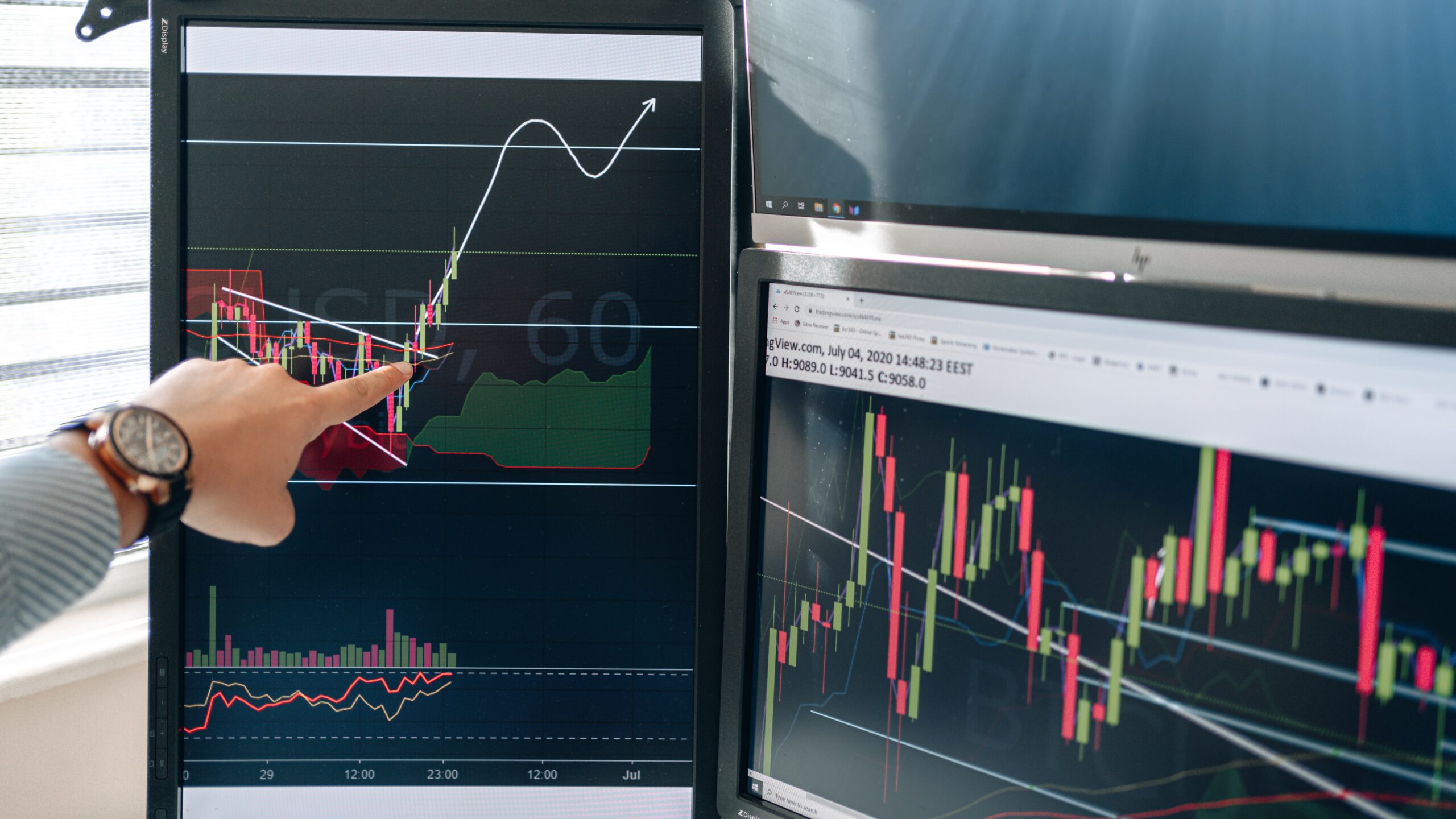What is High-Frequency Trading?
Have you ever had the experience of feeling as though you are unable to keep up with the price movement of a cryptocurrency? A trader will frequently be required to make a decision in a matter of seconds, and the profitability of his trading position will be directly impacted by this...

Have you ever had the experience of feeling as though you are unable to keep up with the price movement of a cryptocurrency? A trader will frequently be required to make a decision in a matter of seconds, and the profitability of his trading position will be directly impacted by this decision.
The Foundational Concepts Behind High-Frequency Trading
High-frequency trading refers to both manual high-frequency trading as well as automated high-frequency trading that is based on the usage of algorithms. Trading robots that are created by seasoned programmers utilizing high-level programming languages like C++, Java, and others are the key to the success of high-frequency trading (HFT).
These kinds of technologies can finish transactions in a fraction of a second and give their customers a significant income boost. However, in order to utilize such software, you will need both powerful hardware and a fast connection to the exchange. Only then will you be successful in doing so. The ability to acquire data from sources such as NASDAQ TotalView-ITCH, NYSE OpenBook, and others is essential for companies who engage in this form of trading.
How to Profit From HFT?
When engaging in high-frequency trading, one of the fundamental tenets is to close out all open positions before the close of the current trading day. HFT has established itself in a category all its own within the market thanks to the implausibly fast pace of its transactions.
In his book “Flash Boys: The High-Frequency Revolution on Wall Street,” which was published in 2014, Michael Lewis provides a comprehensive analysis of the origins and growth of high-frequency trading.
What exactly is involved in High Frequency Trading of Cryptocurrencies?
High-frequency trading, also known as HFT, is a method of conducting business that involves the use of specialized software and algorithms, high-performance computers, low-latency Internet connectivity, and current market data.
High-frequency trading is a method in which algorithms and software allow you to make anything from a few to hundreds of transactions per second, which is something that an ordinary trader could never do manually. This is made possible by high-frequency trading. Long before the first cryptocurrency was ever created, a trading mechanism known as high-frequency trading (HFT) was developed and is today used in as much as 80 percent of all transactions in certain asset markets.
The importance of speed is important to the practice of high-frequency trading. A trade that would normally result in a profit might sometimes turn into a loss in a matter of milliseconds, depending on how much the price moved. In other words, the person who engages in high-frequency trading is attempting to “get ahead of the game” so they can trade assets before everyone else.
This, of course, calls for a high-speed internet connection, robust technology, and a trading strategy that takes into account a variety of factors that some other forms of trading may even disregard entirely.
Trading Strategies Based on High Frequency Trading
As was noted previously, high-frequency trading is typically used in the field of market making or arbitrage. As a result, the tactics for this type of trading that are still in use today have been influenced by this trend. The following are some examples of variations that are typical among HFT strategies:
Statistical arbitrage is a type of financial arbitrage that involves analyzing the correlations that exist between different financial instruments and looking for advantageous variations in the prices of comparable financial products across different marketplaces.
The placing of passive orders across multiple exchanges using a specialized algorithm is required in order to engage in rebate arbitrage.
The practice of news arbitrage involves conducting the most rapid possible analysis of news feeds in order to establish trades in time for the publication of significant statistics.
Market-making is the process of creating liquidity in a market for particular instruments, while simultaneously controlling the spread in exchange for financial compensation from an exchange or another institution.
The practice of locating large orders and positioning smaller orders in front of them, also known as “front-running.”
Spread speculating is the process of locating profitable microtrends inside the spread and executing trades based on such findings.
Exploit vulnerabilities in the basic structure of the market and the links between exchanges and broker clients. This type of strategy is referred to as a structural strategy.
Directional strategies, in particular “spoofing” or other forms of market manipulation, are employed with the goal of luring aggressive traders into the competition and securing stops.
Is Trading at High Frequencies Beneficial or Detrimental to The Cryptocurrency Market?
High-frequency trading of assets unquestionably renders the market “unfair” for those participants who lack access to powerful equipment and other ways to execute trades in a timely manner. The typical trader has little chance of ever being able to compete with the speed of high-frequency traders, thus he cannot even aspire to be successful using the same trading tactics. Because of this, the great majority of crypto aficionados are effectively placed at a lesser level, which is something that does not sit well with many people.
